-
×
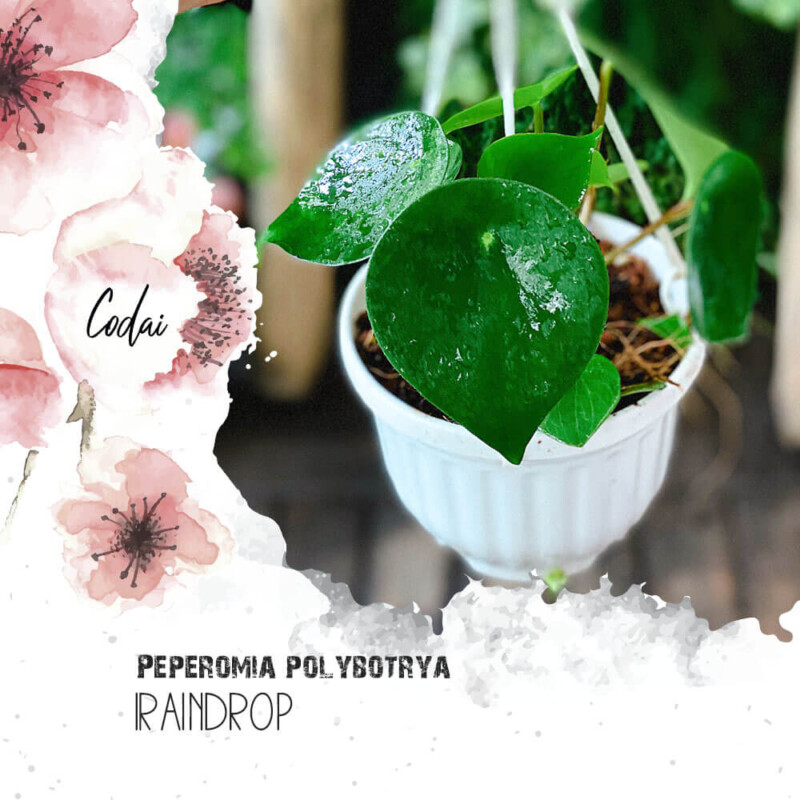 Cây Peperomia polybotrya Raindrop (Cây Giọt Mưa) chậu treo bí ngô
1 × 39,000₫
Cây Peperomia polybotrya Raindrop (Cây Giọt Mưa) chậu treo bí ngô
1 × 39,000₫ -
×
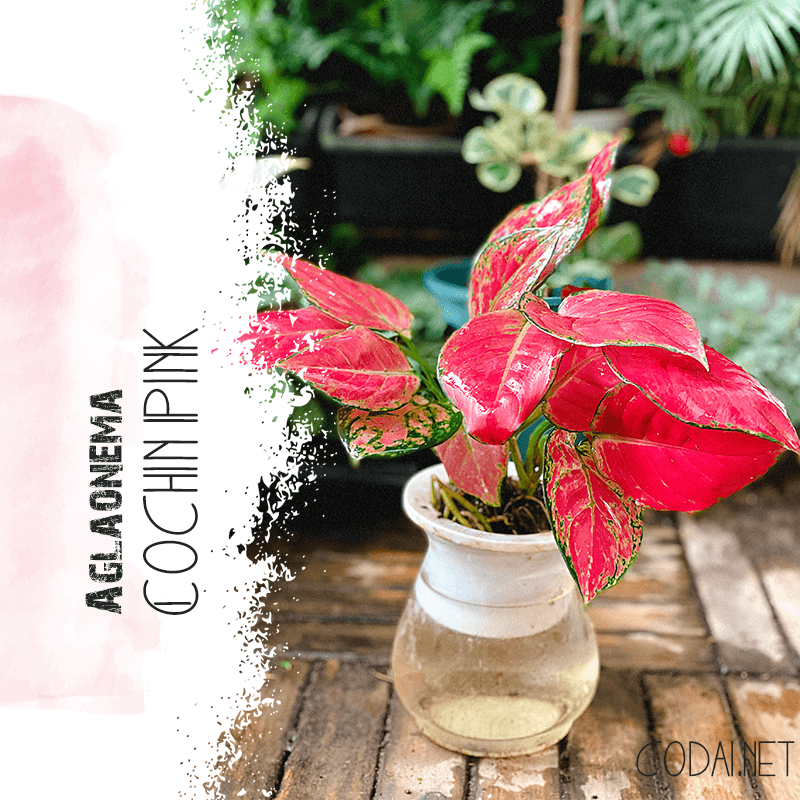 Cây Aglaonema Cochin Pink (Như Ý Hoàng Hậu Cochin Pink) kèm chậu thuỷ canh 2 lớp không cần tưới
1 × 99,000₫
Cây Aglaonema Cochin Pink (Như Ý Hoàng Hậu Cochin Pink) kèm chậu thuỷ canh 2 lớp không cần tưới
1 × 99,000₫ -
×
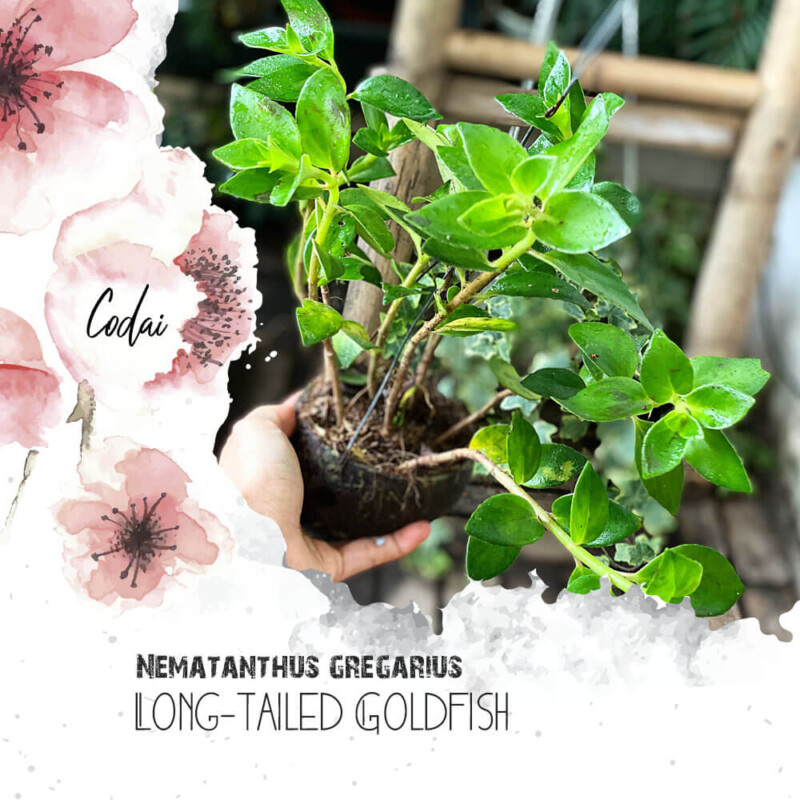 Cây Nematanthus gregarius Long-tailed Goldfish (Cây Cá Vàng, Cây Cá Vàng Đuôi Dài) chậu gáo dừa
1 × 59,000₫
Cây Nematanthus gregarius Long-tailed Goldfish (Cây Cá Vàng, Cây Cá Vàng Đuôi Dài) chậu gáo dừa
1 × 59,000₫ -
×
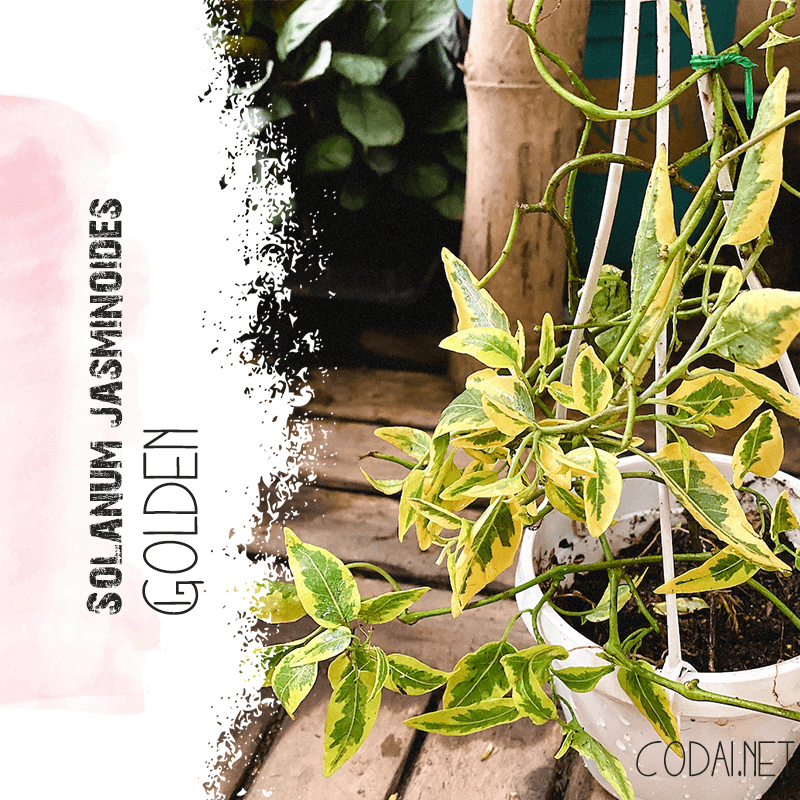 Cây leo Solanum jasminoides Golden (Diệp Bạch Anh Hoàng Kim) chậu treo
1 × 49,000₫
Cây leo Solanum jasminoides Golden (Diệp Bạch Anh Hoàng Kim) chậu treo
1 × 49,000₫ -
×
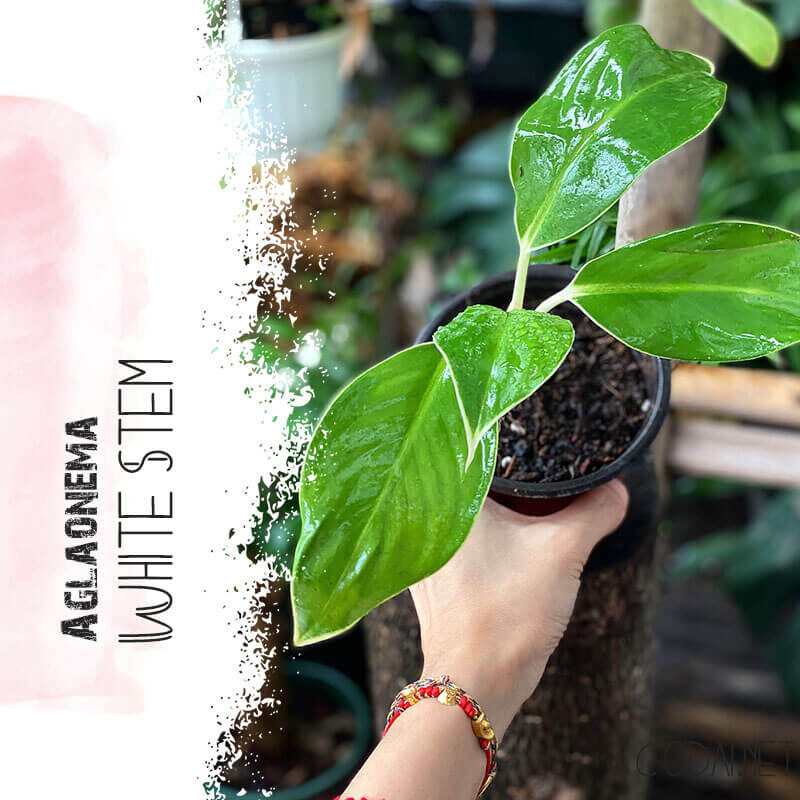 Cây Aglaonema White Stem (Như Ý Hoàng Hậu White Stem) chậu nhựa 10cm
1 × 29,000₫
Cây Aglaonema White Stem (Như Ý Hoàng Hậu White Stem) chậu nhựa 10cm
1 × 29,000₫
Tổng số phụ: 275,000₫




